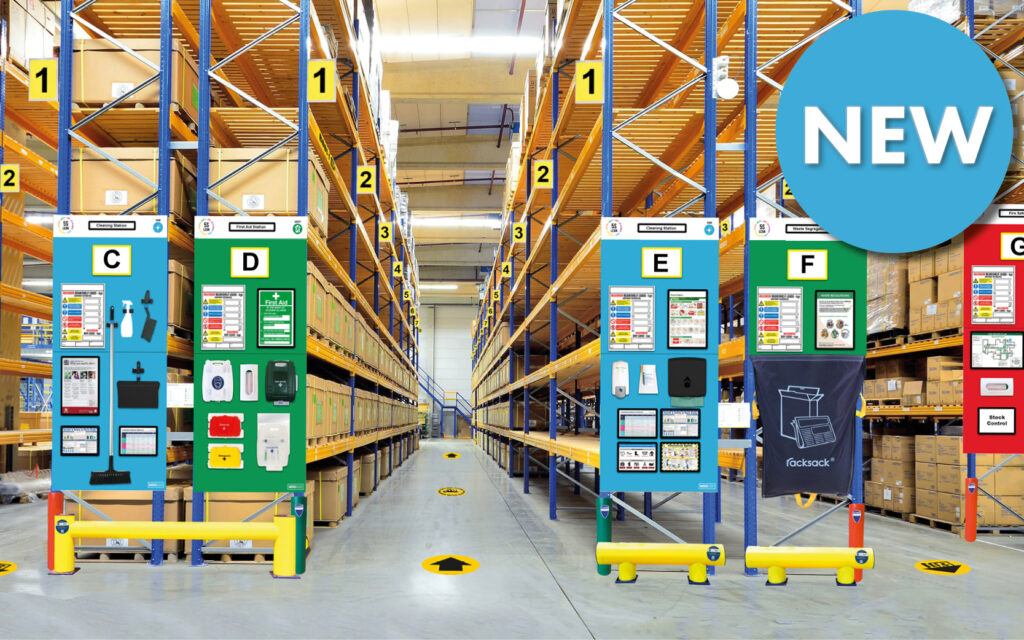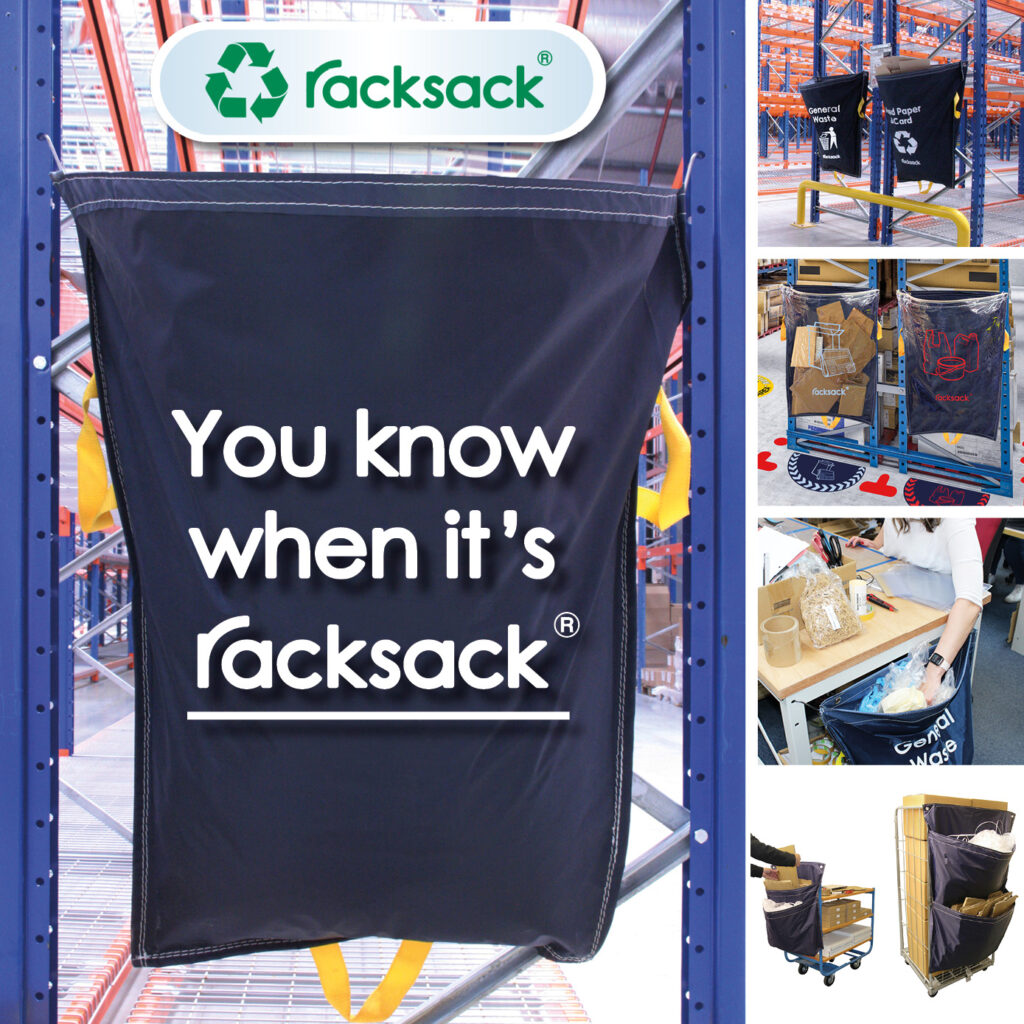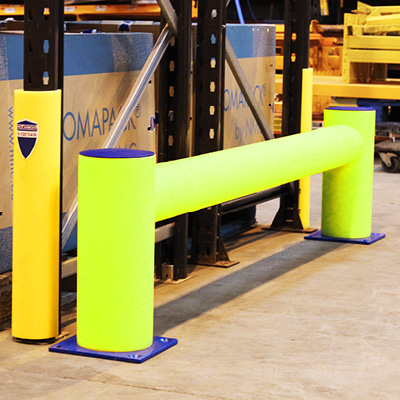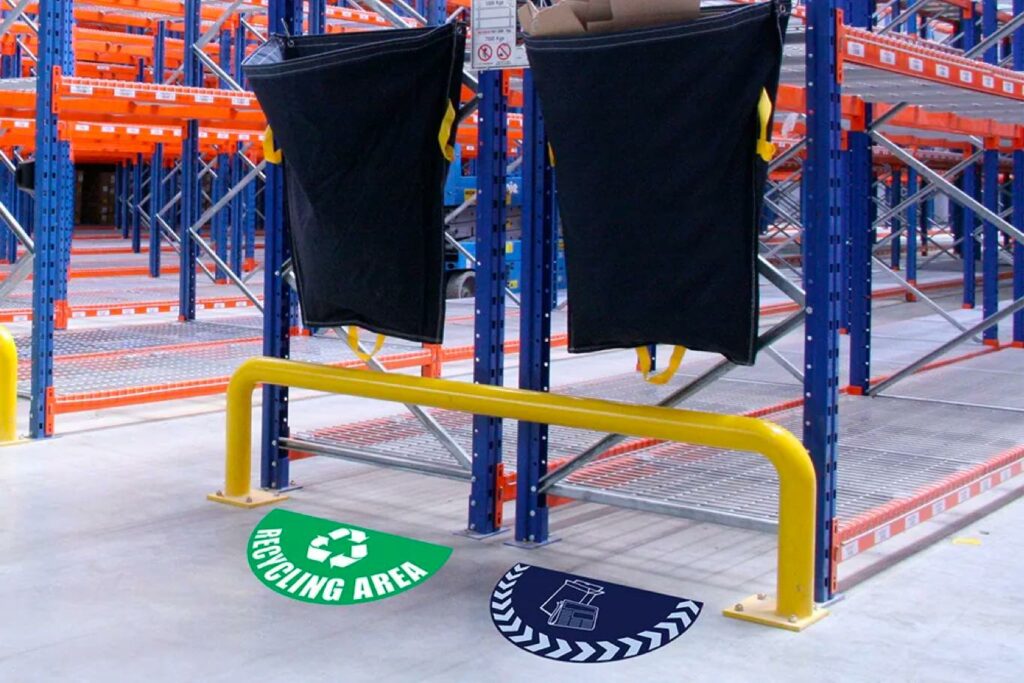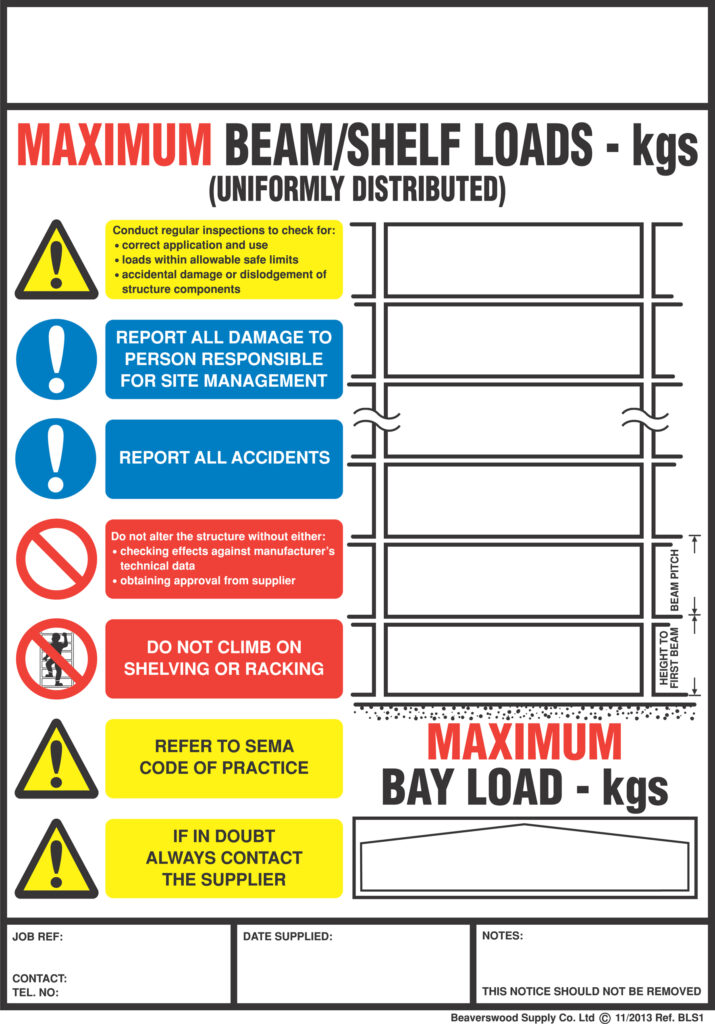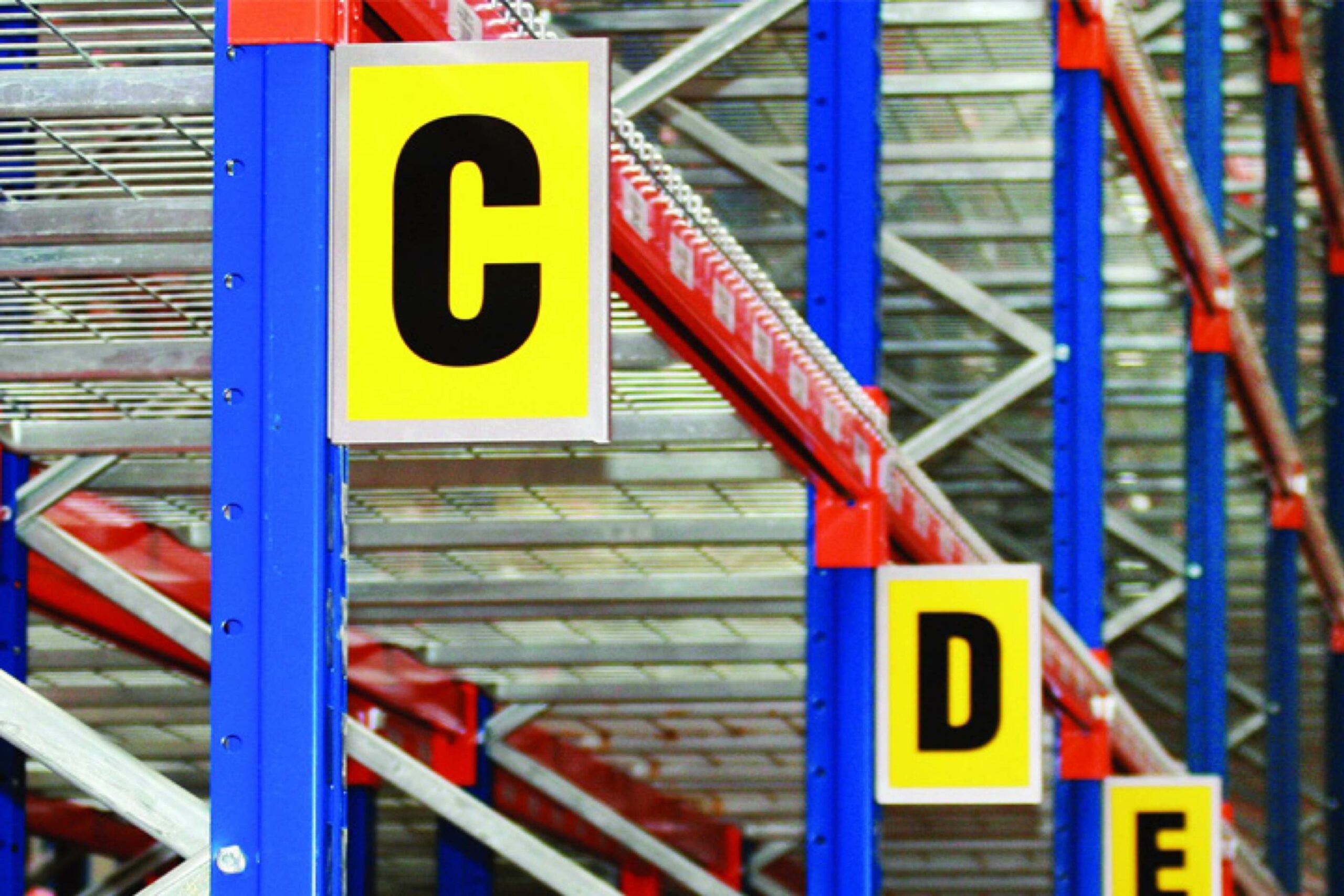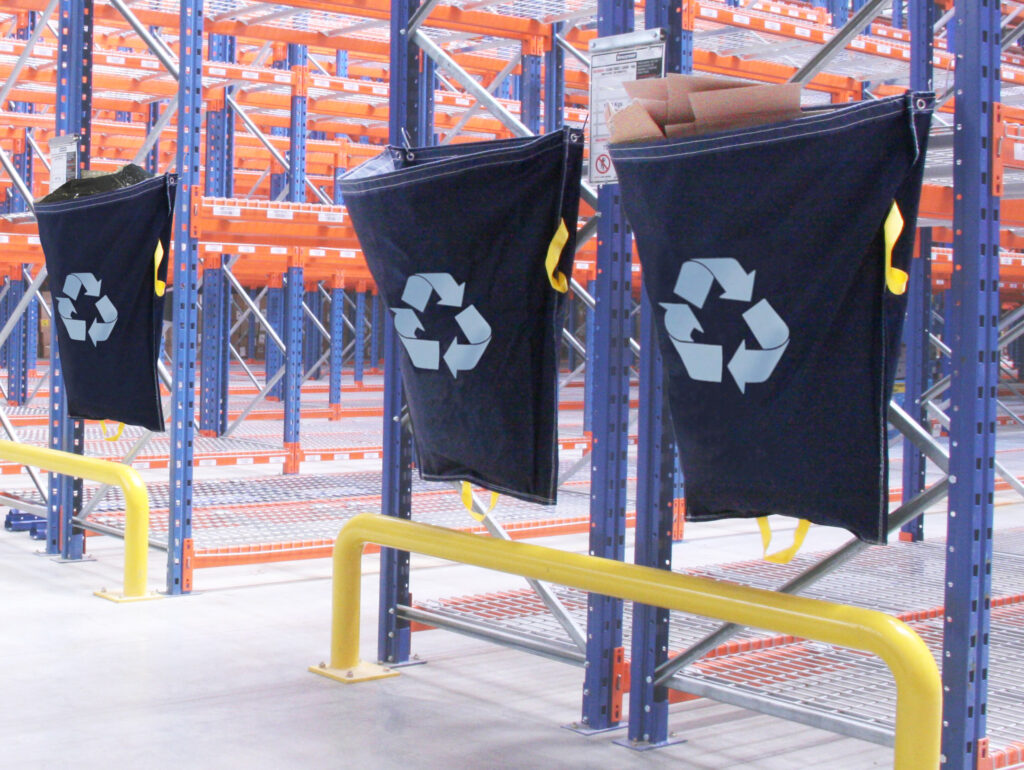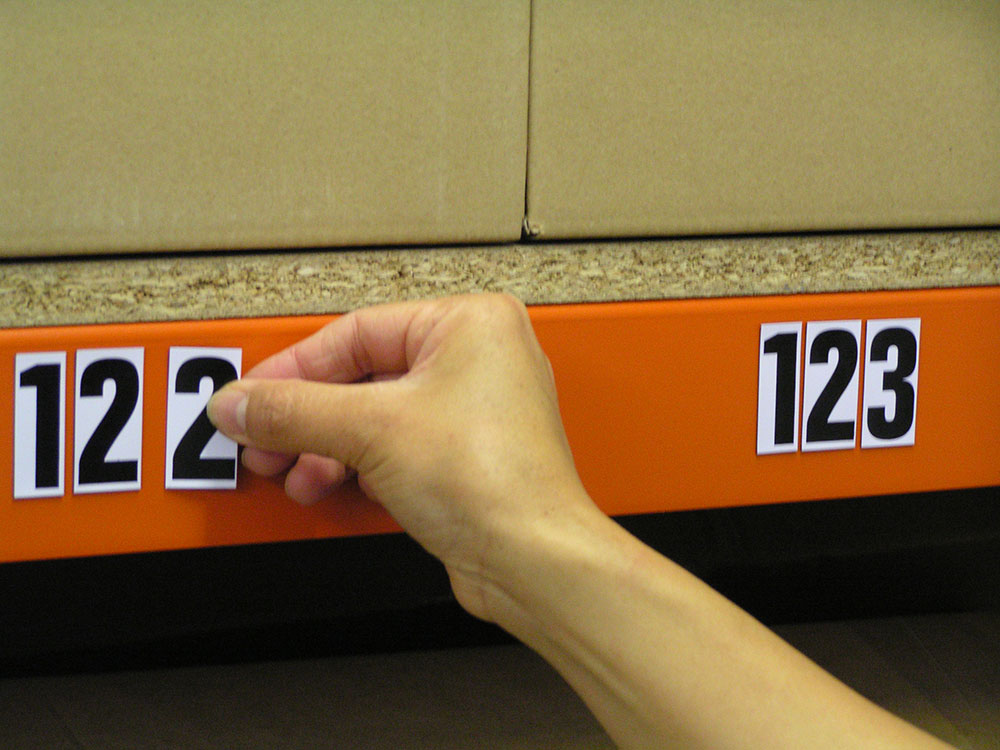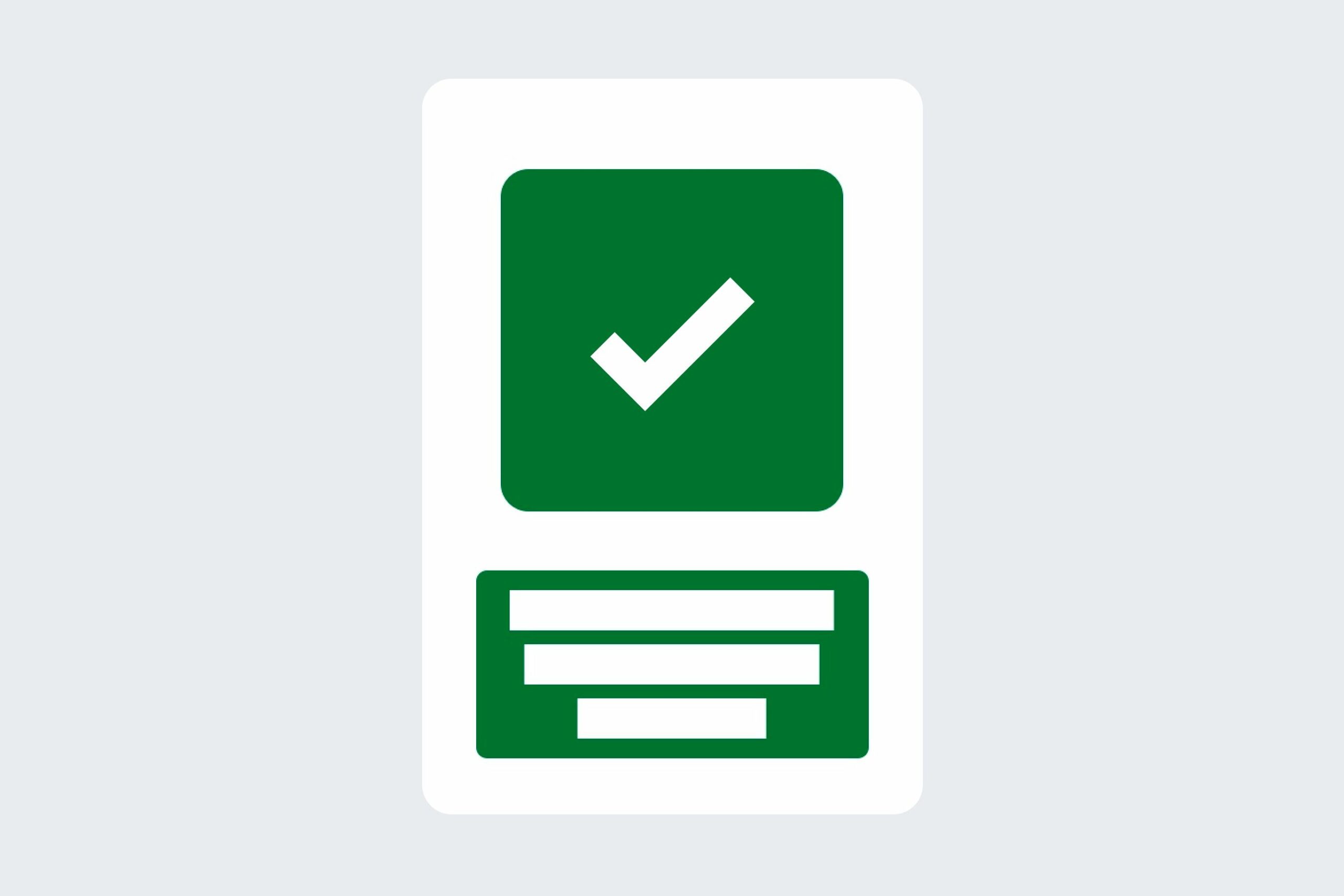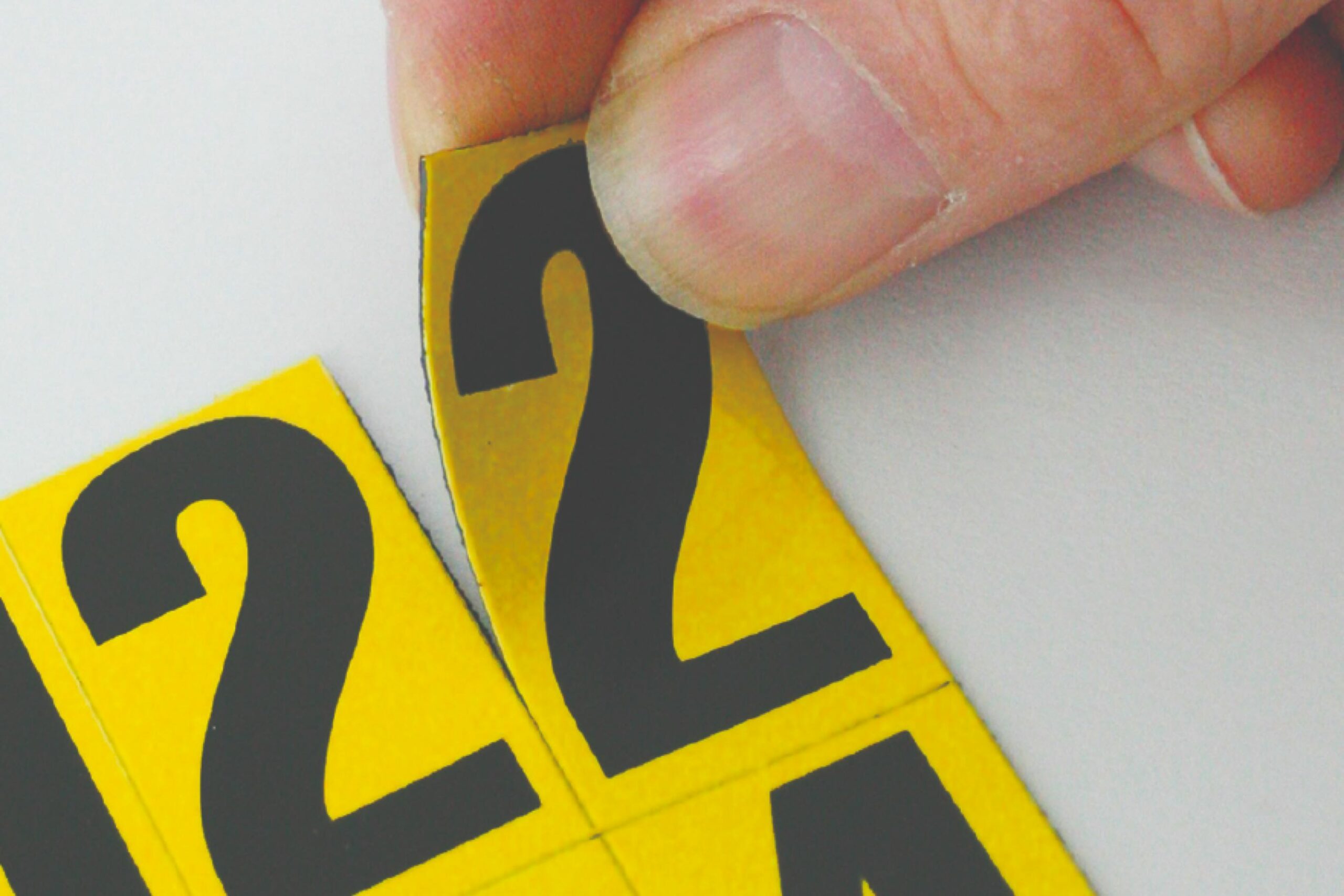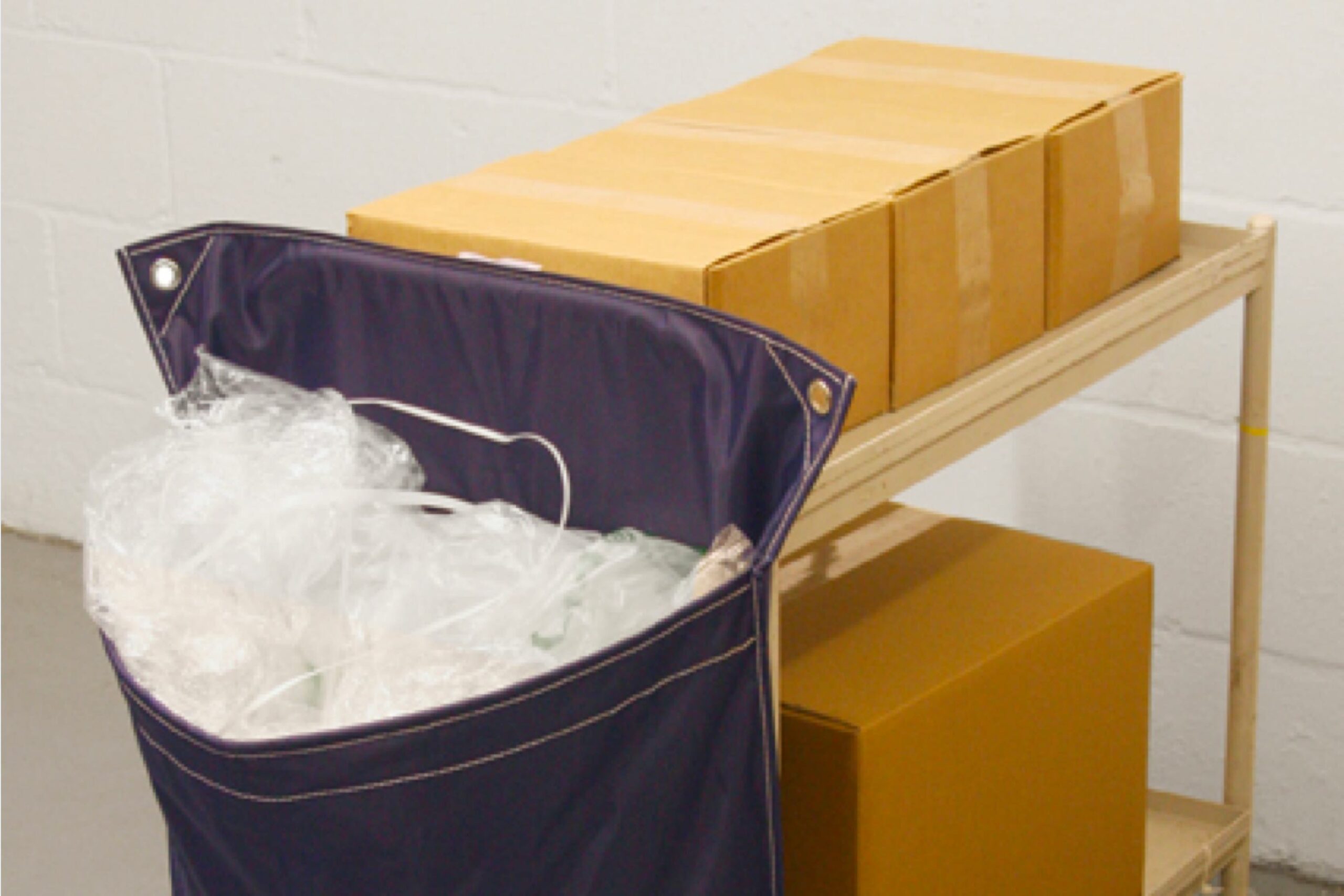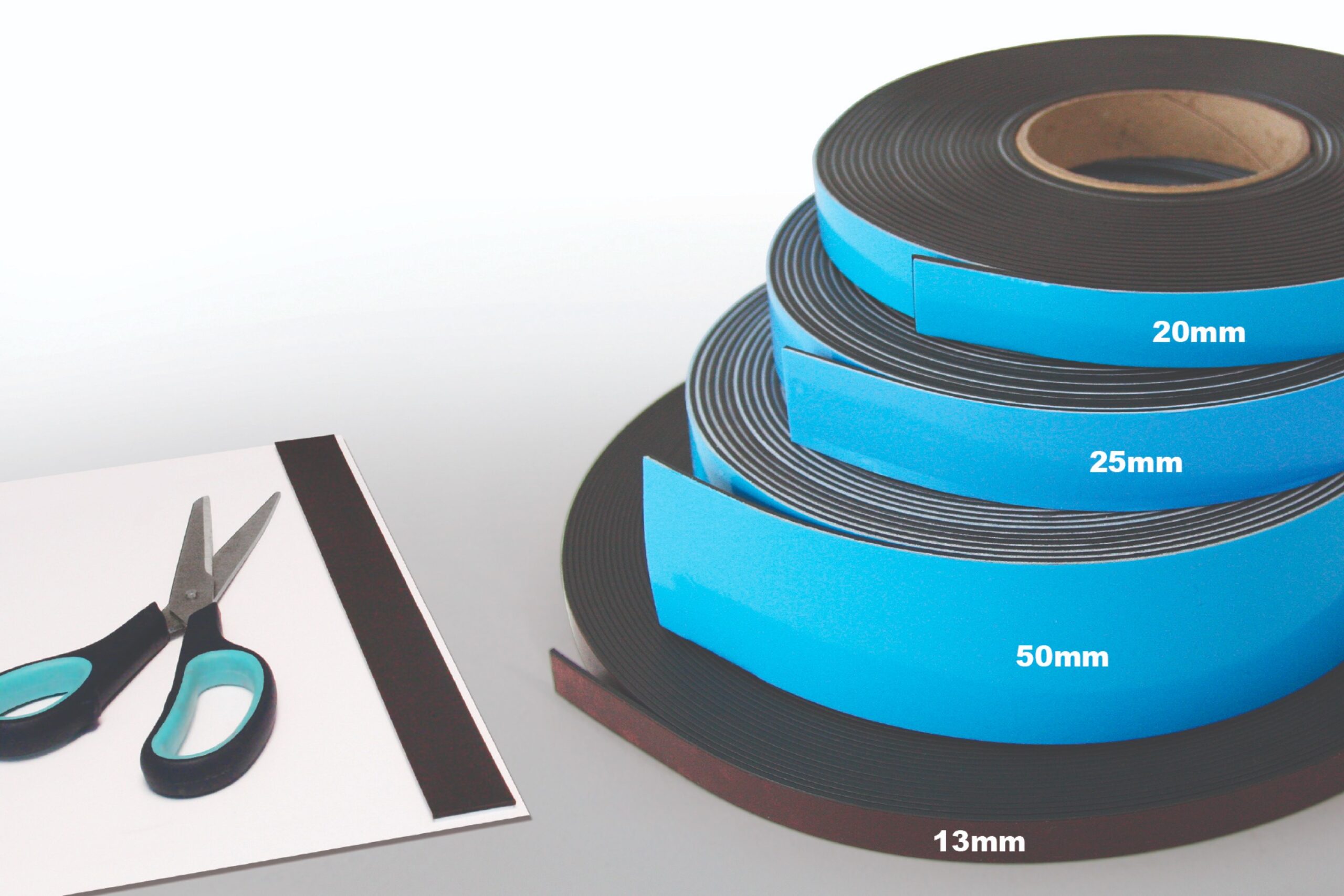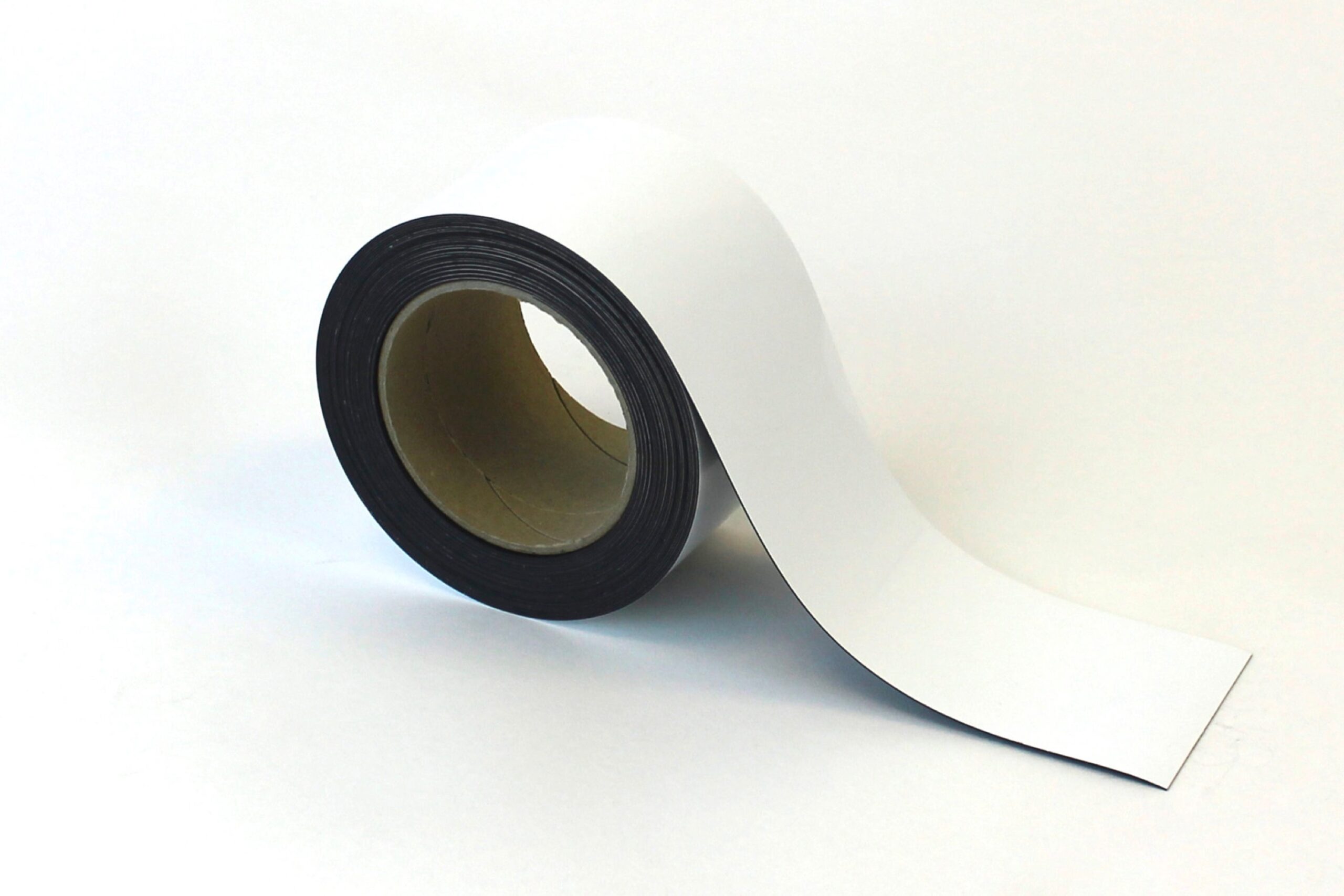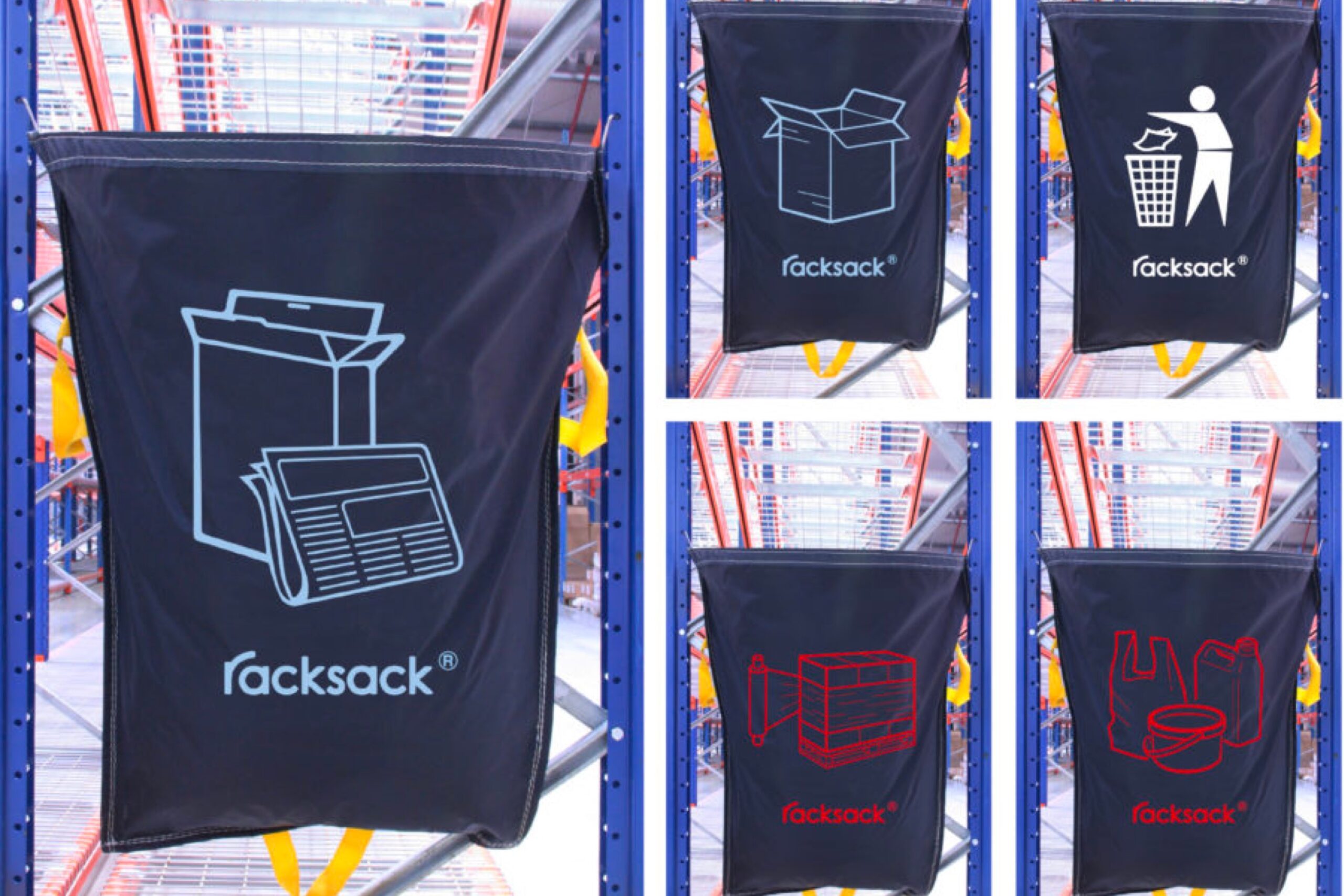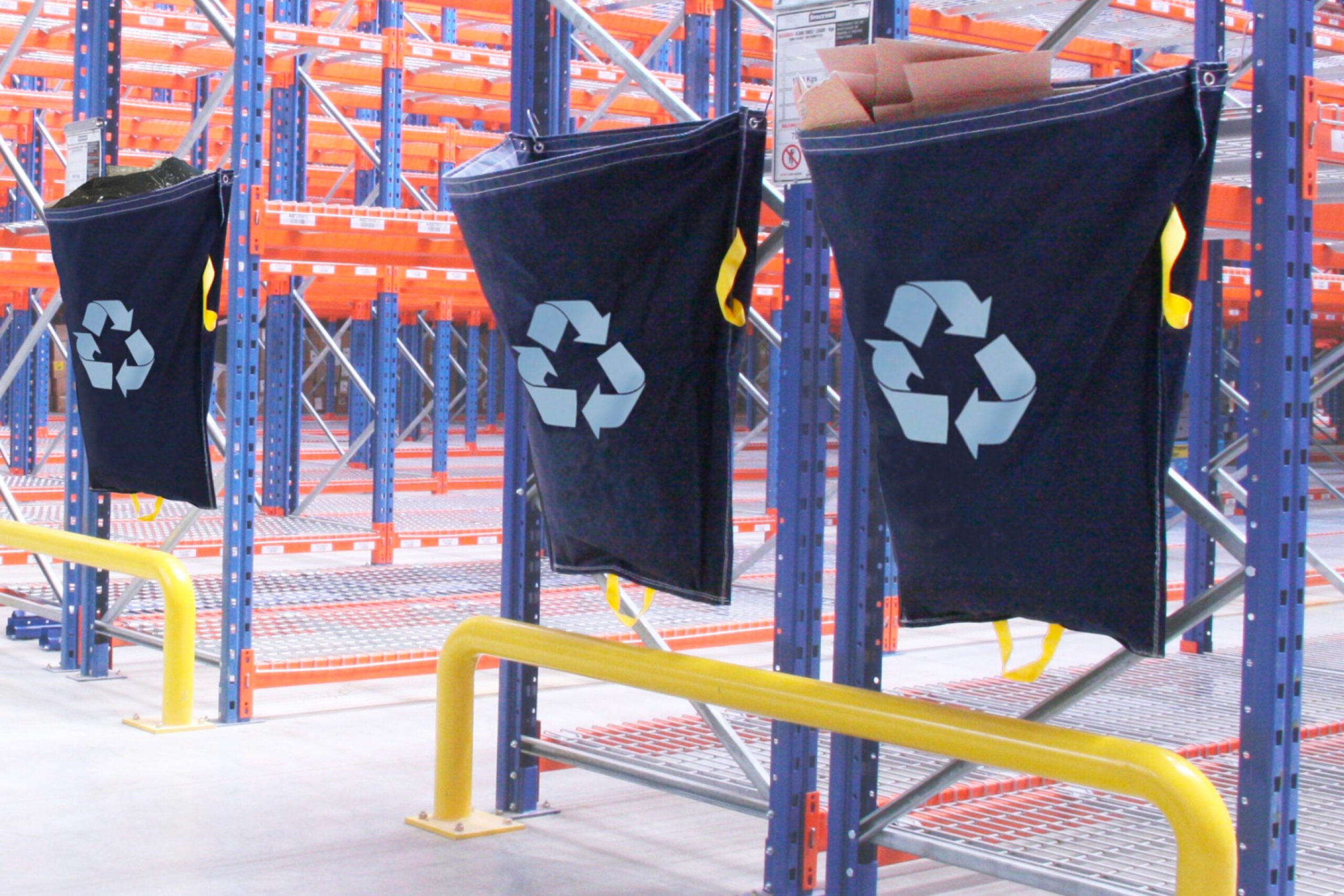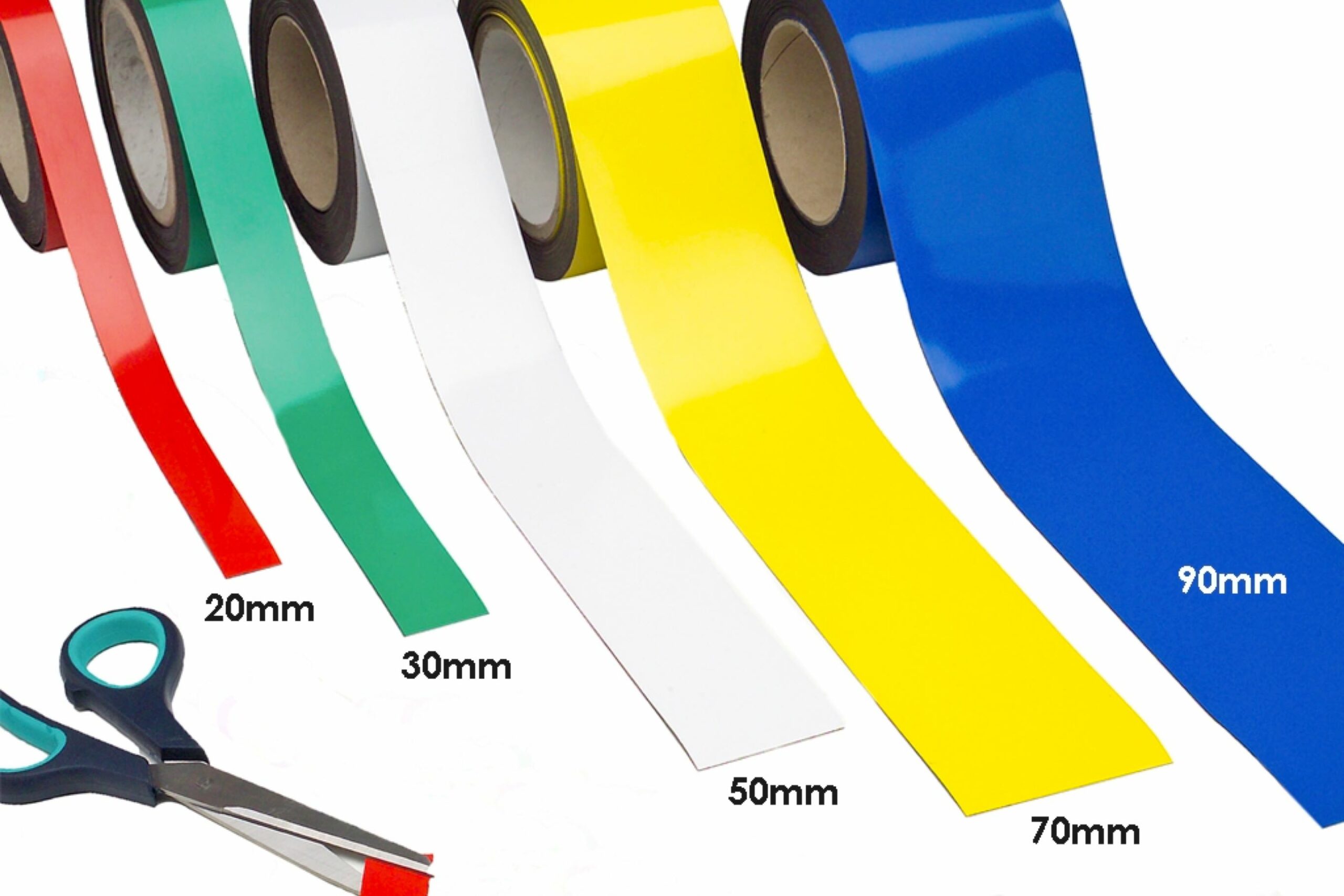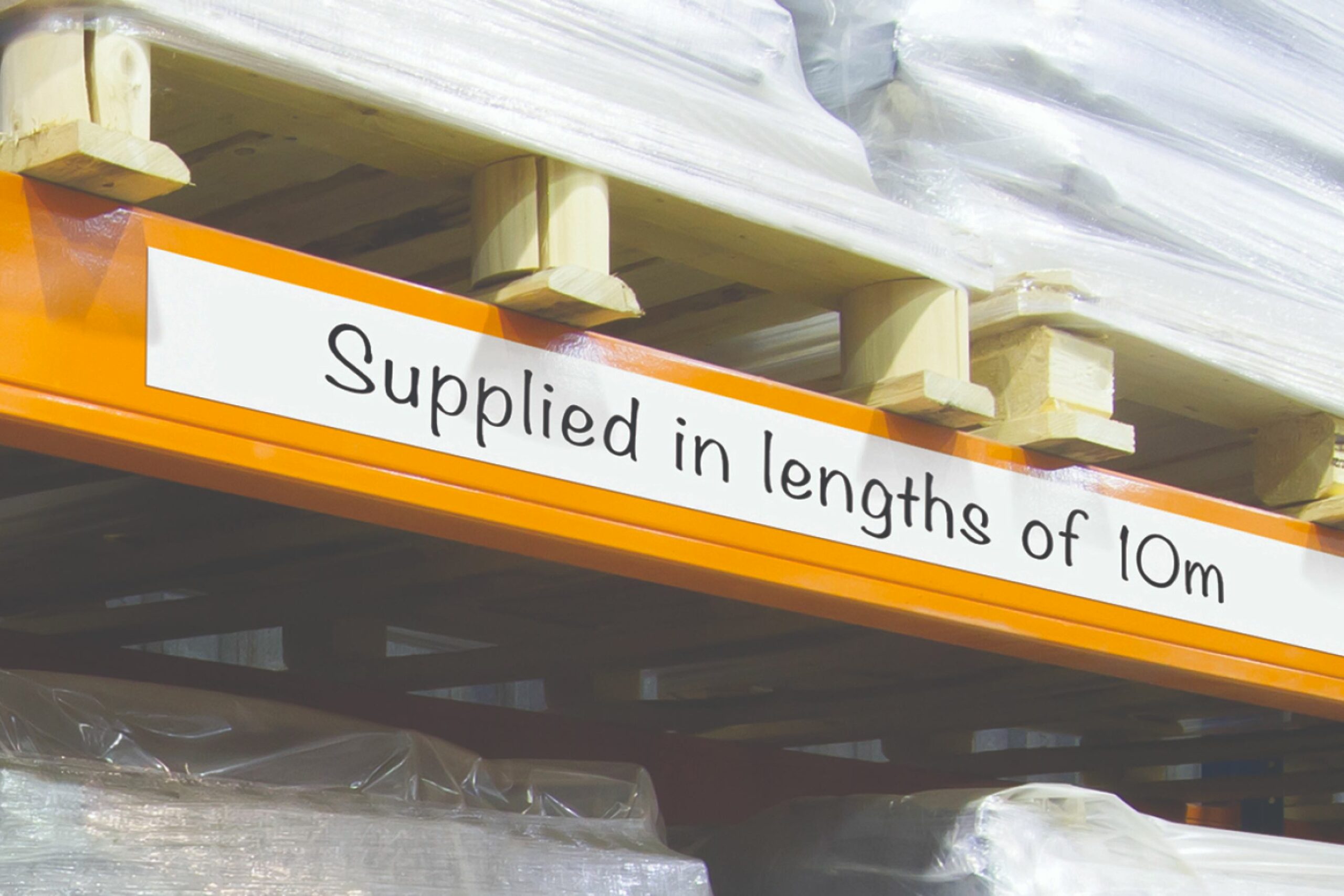The layout and organisation of a warehouse is critical to smooth operations. After all, a lack of order can create operational delays which ultimately hurt your bottom line.
So how to go about creating order from chaos? As with many things (we’re kidding, it’s mainly just this thing) shelf and racking labels are king.
Fortunately, warehouse solutions don’t get much easier either. In this guide, we’ll cover the benefits of rack labels and explain how to implement them like a strategic wizard (or beaver, in Chipper’s case).
We also happen to have everything you could ever hope and dream for (in terms of warehouse labels and identification) for you to peruse at your leisure once you’re done reading!
Why Use Rack Labels?
There are three main benefits to racking labels:
- Locating items is quicker and easier. Your workers will thank you for this! With a nifty scan of a barcode, workers can instantly locate the aisle and rack number of products. And, with the time saved from otherwise going on a wild goose chase, they’ll be able to up efficiency and locate and pick more products in a set period. Not only this but pick accuracy will be hugely improved. It’s a win-win all around!
- It will make your warehouse work smarter, not harder. We can all agree bottlenecks are an absolute nightmare, leading to operational delays and lost time. Rack labelling improves product flow by eliminating some of these bottlenecks, such as workers losing time trying to find an item.
- They’re a simple, cost-effective solution! Using warehouse rack labels is one of the easiest and most inexpensive ways to improve the efficiency of your business. They’re not a huge investment and yet bring powerful benefits, as mentioned above.
How to Implement Warehouse Rack Labels
Divide and Conquer
The first step on your journey to effective warehouse labelling is to assess your warehouse floor plan. By doing so, you can see how many divisions, bays, and racks you’re working with. Not only that, but you can see what stock you’ve got and where it should be.
Also bear in mind, if racks are split into smaller sections or bins, you’ll need labelling for each section rather than the whole racking unit.
A simple warehouse inventory hierarchy might look something like this:
- Aisle number
- Vertical section identification
- Level number
- Pallet position

Warehouse Identification and Picking Method
If it isn’t already, you’ll need to organise your stock and equipment into their rightful places as per your warehouse floor plan. Once done, you’re ready to use racking labels to identify items!
There are lots of different ways this can be done. We’re talking warehouse barcoding, colour-coding, simple sequential coding, the list goes on (and we supply them all)! The most important thing is to be consistent and select a warehouse labelling system that works for your business.
The best way to make such a decision is to understand the way items are selected in your warehouse (i.e., the picking technique). The two most popular methods are:
- Standard – products are labelled in a parallel structure, meaning labelling is sequential in each row. Workers go from location to location and may have to double back in order to pick all their inventory.
- Serpentine – new shelves of products pick up closest to where the last shelf left off. This means workers can weave around the closest corner of the next shelf to continue picking, rather than walk an entire shelf length for the next product. This eliminates the issue of double-backing!
Label From the Floor Up
If you have more than one level of racking, you should label from the bottom up and begin by labelling the row nearest the floor something like “01”, the second row “02”, and… you get the idea! Using double digits is also recommended as it futureproofs your rack labelling system in the event you add more rack levels.
P.S. We can’t sing the praises of Multi-Level/Totem Pole rack labels more highly. These display a vertical stack of separate barcodes close to ground level, so workers can locate and scan different levels of shelving without needing to use long-range barcode scanning. If you use colour-coded labels, each barcode can also be matched with a colour bar.
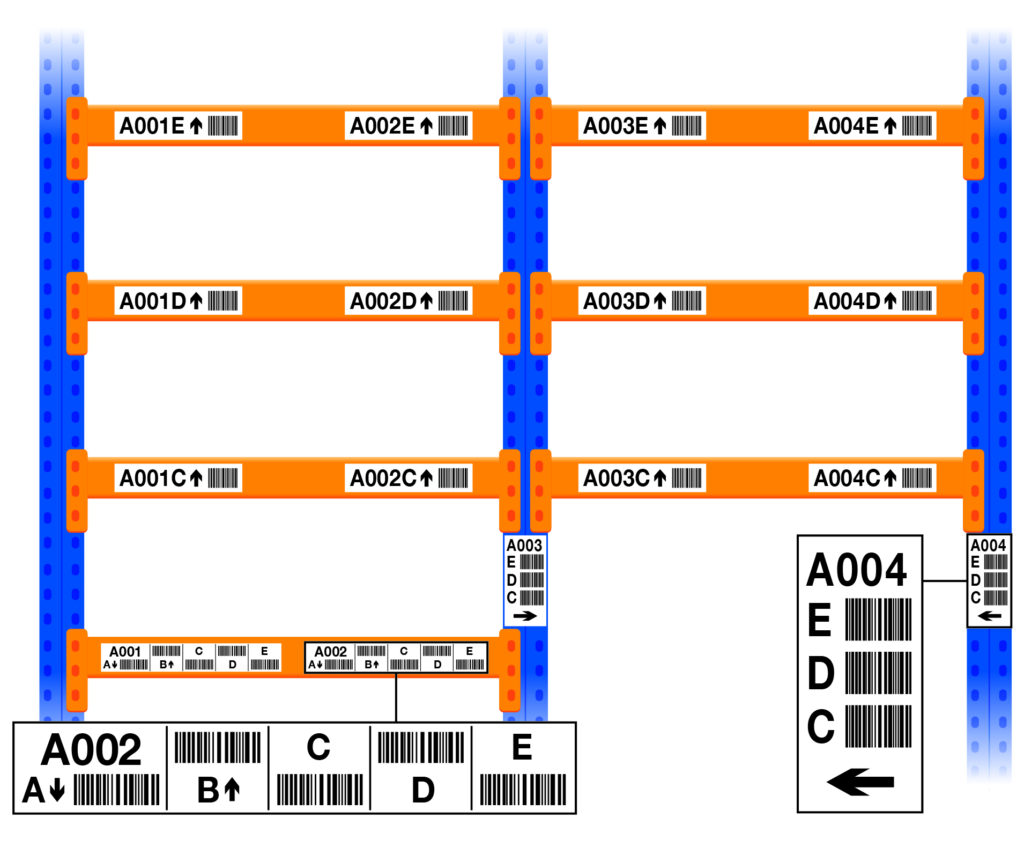
Rack Labelling Materials
- Magnetic Rack Labels – these are perfect for when you need a rack label that can be easily removed and switched to a different location. They’re also great for cold environments as they don’t fall off or become illegible.
- Self-Adhesive Rack Labels – these can come in a variety of materials, be it polyester or paper or vinyl, and provide a very cost-effective, permanent solution for ambient room temperature warehousing.
- Block Out Rack Labels – if you already have self-adhesive labels affixed to your racking but need to replace them, we’re sorry to say they can prove very tricky to get off! If you use thin paper to cover over the old label, barcode scanners may pick up the code on the label behind. For this reason, block out rack labels are a wise choice as the material is thicker to ensure the old code can’t be mistakenly scanned. They can be supplied either plain or with the code already printed on.
Always speak to the rack label manufacturer to discuss labelling options that are best suited to your needs (psst… we’re always happy to take a call on 0118 979 6096 or answer an email!)
It’s also worth noting that for rack label products used in harsh, industrial environments where they may be subjected to scratches (from forklifts, for example) there are ticket and label holders which can be used to protect the barcode label and extend its lifespan.
Only the Best Rack Labels for Your Warehouse!
If you’re investing in a rack labelling solution to make your warehouse run like clockwork, it makes sense to use high-quality labels that will stand the test of time.
You should choose a rack label manufacturer or supplier who has experience with warehouse identification solutions. This is especially true with warehouse barcoding, as you need to ensure the quality of the label is high enough that the barcode can be scanned successfully and easily.
Although we’re a bit biased, we think Beaverswood is one of your best bets for reliable warehouse identification advice and quality rack labels to kit out your warehouse. We have over 35 years of experience in this category, backed up by the highest levels of customer service and after-sales support.
Check out our warehouse labels or get in touch:
T: 0118 979 6096

